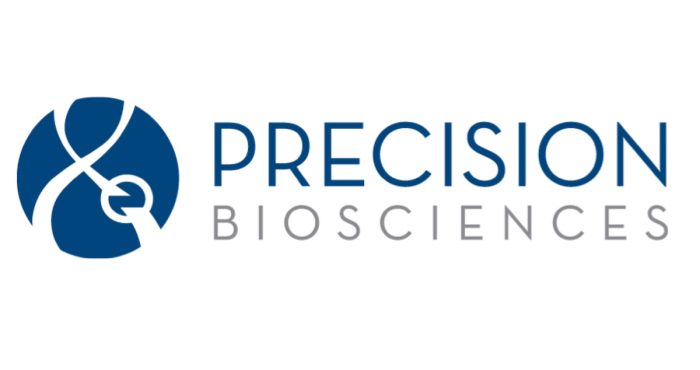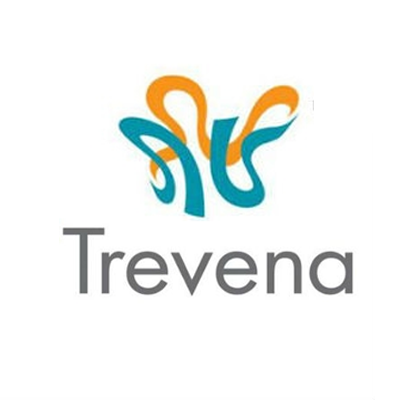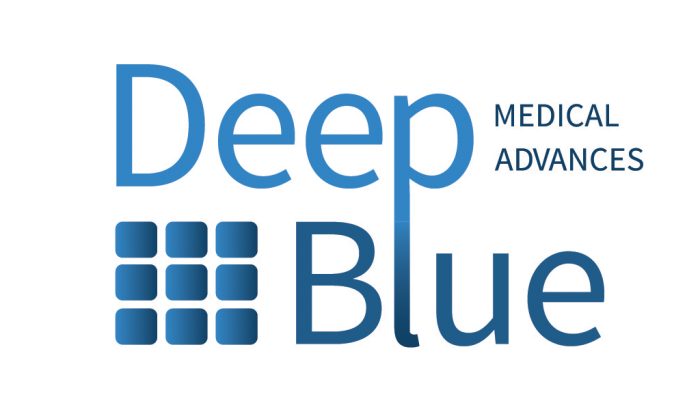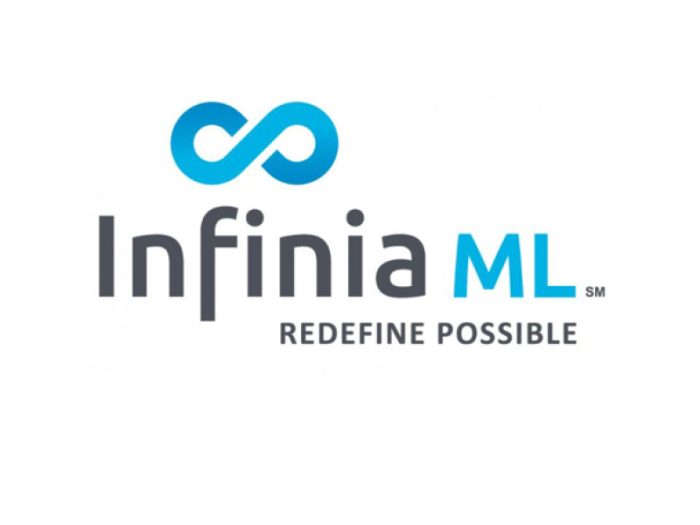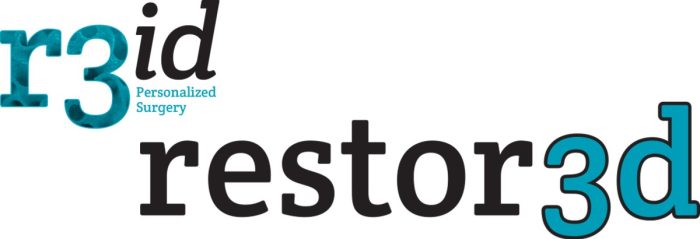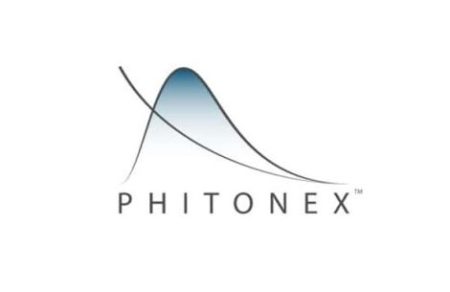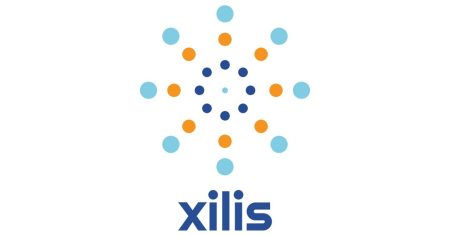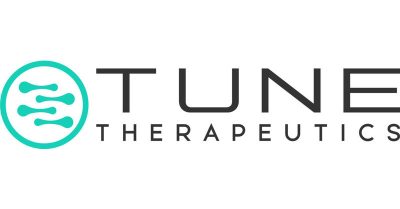

Duke University has always been known as a place of high-quality education and research, but perhaps less known is the impact Duke innovators and their innovations have had in the marketplace and for public benefit. From new therapies to engineering marvels and everything in between, Duke inventions – and more recently start-ups created to commercialize these inventions – are making a positive impact on society.
A physical exhibit is traveling around Duke events and locations.

1924
Duke University established
James B. Duke highlights his wish for an engineering school in the Indenture of Trust. The following year, Duke makes an additional bequest to establish the School of Medicine.

Image: Duke University.
1925
Chronophone
An automated approach to reading out the time to callers.
Invented by Jesse F. Hayden, an 1896 Trinity College graduate

Image: USPTO.
1927
Pernicious Anemia book
Duke University researchers focus on studying pernicious anemia after the disease killed James B. Duke, discovering a new treatment: a diet of calf liver.
Book written by Beaumont S. Cornell, a Duke University Medical Research Fellow

Images: HathiTrust, Duke University.
1930s
Annual Engineers’ Show
Student-organized displays showcasing technological marvels like television to the Duke and Durham community. These shows were put on annually for several decades.
Images: Duke University.
1930s
Easley Maneuver
An upright position for women in labor to help with certain difficult births.
Developed by Eleanor Beamer Easley, the first woman graduate of Duke University School of Medicine – its very first class in 1934.
1934
Popularizing IQ tests
Before becoming a Duke university visiting professor, William Stern had coined the term “Intelligence Quotient” and developed the formula for the IQ test. While at Duke, he popularizes IQ testing through writings while also cautioning against overreliance on the metric.
1936
UV for hospital room sterilization
Pioneering the use of ultraviolet radiation to sterilize operating rooms. (Duke Centennial – On This Day)
Developed by J. Deryl Hart, first Chair of Surgery and eventual Duke University President – Hart also launches Duke’s Private Diagnostic Clinic, surgical instrument shop and medical illustration department.
Images: Duke Medical Center Archives.
1937
The Preston Robert Tisch Brain Tumor Center created
One of the first brain tumor research and clinical programs in the United States, this center houses over 250 full-time employees dedicated to neuro-oncology research and care.

1938
Equine encephalomyelitis vaccine
A killed-virus vaccine for “blind staggers.” Saves hundreds of thousands of horses and helps confirm that killed-virus vaccines are safe and effective. Dorothy Beard research fund is established with the royalties from patent licensed to the manufacturer, Lederle Labs.
Invented by Joseph W. Beard, Professor of Surgery, and his wife and research partner Dorothy Beard
Images: Smithsonian, Duke Medical Center Archives.
1939
Rice diet
Consisting almost entirely of rice, fruit, juice, and vitamins, this diet is an early efficacious approach to treating chronic diseases like hypertension and diabetes. The Rice Diet program is managed out of Duke until 2002.
Invented by Walter Kempner, clinician at Duke University Medical Center
Images: Duke Medical Center Archives.
1941
Office of Scientific Research and Development established
This federal organization is created to jump-start technological innovation as World War II heats up – and Duke research receives funding. This office pioneers the modern federal research grant awards processes still in use at institutions like the NIH and NSF.

Image: Library of Congress.
1942-1945
G-suit for pilots
Major contributions to the creation of suits that prevent pilot and astronaut blackouts during high g-force maneuvers.
Developed by Frank Gregory Hall, acting Chair of Biology – The hyperbaric chamber research facility on campus was named the F. G. Hall Laboratory in his honor.
Images: NASA, Duke Medical Center Archives.
1943
Frangible bullet for aerial gunner practice
A bullet that breaks upon impact, for use during training. Developed for WWII, this is still Duke’s largest military research project – 13 million rounds are fired by student gunners without a single target plane pilot injury.
Invented by Paul M. Gross, Chair of Chemistry
Images: NIST, Duke University.
1945
First patent assigned directly to Duke University
This patent protects a novel way to extract gelose from seaweed.
Invented by Harold Judson Humm, Professor of Botany and an early Director of the Marine Lab
Images: Duke University, USPTO.
1946
Child development tests and scales
Scales and tests for monitoring child mental and behavioral development – some of which are still in use today.
Developed by Katharine Mary Banham, Professor of Psychology

Image: Duke University.
1947
First patent law course offered by Duke University School of Law
D.C. patent attorney Lloyd Hall Sutton is the invited lecturer. Engineering students are also invited to these early intellectual property sessions.

Image: Duke University.
1954
The Duke Inhaler
Developed for handheld, self-administered delivery of the painkiller Trilene, manufactured by Ayerst Laboratories.
Invented by C. Ronald Stephen, an early Chief of Anesthesiology
Images: Wood Library-Museum of Anesthesiology, Kentucky Historical Society, Anesthesia Museum.
1957
Blood heat exchanger
Resulting from a collaboration between researchers from Duke University Medical Center and General Motors, this device – a precursor of modern heart-lung machines – allows for precise control of blood and body temperature, enabling open heart surgery.
Invented by Ivan W. Brown, Jr., Professor of Surgery
1965
Hand loom
This simplified loom, manufactured for the public as the “Craftool Stars Loom,” is featured on The Today Show.
Invented by William K. Stars, Professor of Art and eventual Director of the Duke Art Museum – Stars was beloved on campus, and well known for his quote: “If you can make it, you can make it simpler.”
Images: Duke University.
1968 and 1976
The Medical Record and Duke Hospital Information System (DHIS)
Duke University is one of the first hospital systems to employ electronic medical records, and also among the first to computerize its hospital management. Partners at IBM later commercialize DHIS for other hospital systems.
Led by William Ed Hammond, Director of the Duke Center for Health Informatics
Image: Duke University.
1969
Duke Databank for Cardiovascular Disease
The world’s oldest and largest cardiovascular database, DDCD introduces a novel, computer-assisted, data-driven approach to generating evidence for cardiovascular clinical research studies.
Led by Eugene A. Stead, Jr., Chair of the Department of Medicine
Images: DCRI, Duke University, Physician Assistant History Society.
1970
Foundational work in head trauma
Starting with the cranial bone, Duke researchers describe the mechanical properties of the head, neck, and spinal cord. These models inform the design of modern protective equipment from football helmets to airbags.
Led by James McElhaney, Chair of Biomedical Engineering
Images: Duke University, Journal of Biomechanics.
1970
Pars plana vitrectomy
This procedure remains one of the most common surgical procedures for accessing the interior of the eye.
Invented by Robert Machemer, a future Chair of Ophthalmology who would also go on to develop many surgical tools
Images: Robert Machemer Foundation, Duke Medical Center Archives.
1973
Discovery of G protein-coupled receptors
Develops the foundation for our understanding of how cell signaling functions, leading to a Nobel Prize and founding of two companies: Trevena (2007) and Septerna (2022). G protein-coupled receptors are the target for over a third of all medications today.
Led by Robert Lefkowitz, Professor of Medicine
Images: Opabinia regalis/Wikimedia, Duke University.
1976
Phased-array imaging
Foundational research that revolutionizes cardiac imaging and paves the way for future Duke ultrasound developments.
Invented by Fritz Thurstone, co-founder of Duke’s BME department, and then graduate student Olaf von Ramm
Images: Circulation.
1977
Near-infrared spectroscopy founded
Seminal work in opening up a new window into the body by using near-infrared light for noninvasive imaging.
Invented by Frans F. Jöbsis, Professor of Physiology

Image: Nicholas Cowling.
1979
Office of Patent Administration established
As the need for university technology commercialization support becomes more evident across the nation, Duke creates a standalone office and policy for intellectual property protection.
1980
Diver Alert Network (DAN) founded
Multiple partners including the U.S. government come together to form the preeminent dive safety center, located at Duke’s hyperbaric chamber lab. In expanding from an emergency hotline to offering care and even diving insurance, the Diver Alert Network spins out into a nonprofit in 1990.
Founded by Peter Bennett, Senior Director of the F. G. Hall Laboratory
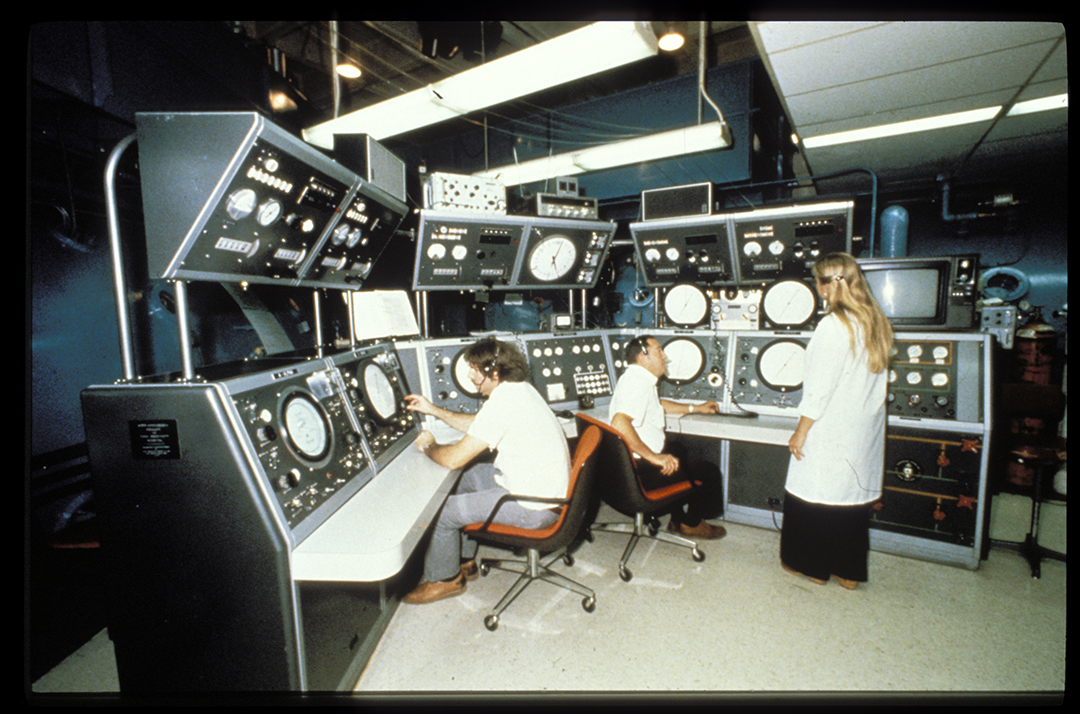
Image: Diver Alert Network.
1980
The Bayh-Dole Act passes
Creates the modern patent policy for federally funded research, under which universities can now retain the rights to employees’ relevant work and are empowered to guide innovations to the market.
1982
Artificial gill system prototyped
This sponge-like material includes hemoglobin to extract oxygen from water, for use by divers to breathe underwater. The technology is licensed to Aquanautics for $1M.
Invented by Joseph and Celia Bonaventura, researchers in the School of Medicine and the Marine Lab

Image: Duke University.
1983
- Aquanatics
1984
Office of Licensing and Ventures established
Originally established on the medical side of Duke, the tech transfer office is revitalized several times and has been known by other names – like the Office of Science and Technology and the Office of Licensing and Ventures.

1984
Duke-RTI Cochlear Implant Program
Collaborative research improves implants for hearing – in particular, signal processing breakthroughs that have become standard in the industry.
Developed by Blake S. Wilson, Director of the Duke Hearing Center, Lasker Prize winner for this work
Images: Duke University, Duke Health.
1987
Sphinx Pharmaceuticals
Duke’s first biotech spinout, Sphinx develops several potential cancer therapeutics. It has a $75M IPO in 1991 – the biggest IPO in state history up to that point. It is then acquired by Eli Lilly in 1994.
Founded by Robert M. Bell, Professor of Biochemistry
Images: Beam General Contractors.
1987
4D cardiac ultrasound developed
This innovation revolutionizes the application of ultrasound, allowing for real-time imaging of hearts beating.
Invented by Olaf von Ramm and Stephen Smith, Professors of Biomedical Engineering
Images: Duke University, Duke Medicine, Duke Health.
1987
Household sponge infused with cleaner (Joseph and Celia Bonaventura, Cell Biology and Earth & Ocean Sciences)

1989
Duke Management Company (DUMAC) established
The Board of Trustees approves the creation of DUMAC to manage The Duke Endowment and related investments.
1990
Microprojectile bombardment for gene transfer into mammalian cells
Validates a new method of gene transfer and provides an early validation that delivery of nucleic acids can be used to stimulate an immune response to foreign protein antigen. Licensed to DuPont.
Invented by Stephen Johnston, Professor of Biology and Biochemistry, and R. Sanders Williams, Professor of Medicine
1990
Duke Human Vaccine Institute formed
Established to focus on the development of HIV/AIDS therapies and vaccines, this premier research center has been a hub of vaccine innovation.
Led by Barton F. Haynes, Director of the DHVI
1991
Bioabsorbable stent
First stent design that delivers drugs inside blood vessels and then biodegrades, eliminating complications associated with permanent stents. Licensed to Boston Scientific.
Developed by Howard Clark, Professor of Biomedical Engineering and Materials Science, and Richard Stack, Professor of Medicine
Images: USPTO, Duke University.
1991
Office of Science and Technology
This office is established to reinvigorate the translation and commercialization of medical and non-medical Duke inventions.
Ralph Snyderman, Chancellor for Health Affairs and Dean of the School of Medicine
1993
Trimeris tackles HIV/AIDS with Fuzeon
Continuing excellence in developing therapeutics for HIV/AIDS, Duke researchers create a start-up called Trimeris to commercialize fusion inhibitor Fuzeon. Dani P. Bolognesi, Professor of Surgery and Medicine, and Tom Matthews, researcher in the Bolognesi lab1993
APOE gene linked to Alzheimer’s disease
Duke researchers discover that the ε4 version of the APOE gene is associated with an earlier age of onset of Alzheimer’s disease. It is still one of the most studied genes in the field.
Discovered by Allen D. Roses, Professor of Neurobiology
Images: Ajpolino/Wikimedia, Duke University.
1994 & 1995
BRCA1 and BRCA2 breast cancer genes discovered
Duke researchers identify two important breast cancer-associated genes, which are still some of the most studied to this day.
Team included Jeffery Marks, J. Dirk Iglehart, Andrew Berchuck, Curtis Gumbs, P. Andrew Futreal
1995
RNA vaccine for cancer
Duke researchers use tumor-derived RNA to train the immune system to fight cancer. This development spurs the creation of Argos Therapeutics to commercialize the technology, which is acquired by Korean biotech companies SCM Life Science and Genexine.
Invented by Professor of Surgery Smita Nair, and colleagues Eli Galboa and David Boczkowski
Image: Duke University.
1995
Duke Information System for Cardiac Care
Building on Duke’s success of pioneering electronic medical records, Duke researchers create a software and data package for cardiologists to manage care. Licensed to Summit Medical System.
Created by Professors of Medicine Don Fortin, Robert Califf, C. F. Starmer and colleagues
1995
Electroconvulsive therapy improvements
Duke researchers develop a method of measuring induced seizures for treatment of mental disorders, thereby making the approach much more evidence-based. Licensed to MECTA Corporation.
Invented by Professors of Psychiatry, Richard D. Weiner and Andrew D. Krystal
1996
Duke Clinical Research Institute established
First and largest academic contract research organization in the world. Building on the DDCD legacy from the 1960s, DCRI establishes a role for academic medicine in innovation for clinical trial research.
Led by Robert M. Califf, first Executive Director of DCRI and then an FDA Commissioner
Image: FDA.
1997
- First Medical
1998
Duke University Health System created
Duke University Health System is created as Duke establishes partnerships with Durham Regional Hospital (now Duke Regional Hospital), Raleigh Community Hospital (now Duke Raleigh Hospital), and other regional health care providers and practices.
Ralph Snyderman, Chancellor for Health Affairs, President and CEO of DUHS, and Dean of the School of Medicine

Image: Wikimedia/Duke PHC.
1999
Fused elastin-like polypeptides platform developed
Duke researchers create a new biotechnology platform by utilizing unique properties of elastin-like polypeptides (ELPs). Capitalizing on the temperature-controlled phase transition and network-forming characteristics of systems using fused ELPs leads to the launch of several companies, including PhaseBio Pharmaceuticals, Isolere Bio, and inSoma Bio.
Led by Professor of Biomedical Engineering Ashutosh Chilkoti, with graduate students including Dan Meyer, Kelli Luginbuhl, Stefan Roberts, and others.
Image: Isolere Bio/Donaldson, Duke University.
2001
CERAD neuropsychological battery
Developed as part of consortium with the NIH and others, this series of cognitive tests helps standardize assessment of patients with Alzheimer’s disease. This widely used approach has been licensed by multiple companies.
Created by Professors of Psychiatry Gerda Fillenbaum and Albert Heyman
2002
Brief Assessment of Cognition in Schizophrenia
This survey tool standardizes assessment of cognition impacted in patients with schizophrenia, allowing for quick data collection, especially for large clinical trials. BACS has been licensed by multiple pharmaceutical giants.
Invented by Professor of Psychiatry Richard Keefe
2004
Commercializing OCT advances
New methods and devices for optical coherence tomography developed by Duke researchers spawn a start-up, Bioptigen, which is acquired in 2015 by Leica Microsystems.
Cynthia Toth, Professor of Ophthalmology, and Joseph Izatt, Professor of Biomedical Engineering
Images: Leica Microsystems, Duke University.
2005
Duke-NUS founded
Partnering with the National University of Singapore, Duke launches the Duke-NUS Graduate Medical School.
Led by R. Sanders Williams, Founding Dean of Duke-NUS and Professor of Medicine
2006
Myozyme approved by FDA
The first approved therapeutic for the rare pediatric metabolic disorder called Pompe disease, this drug generates over $1B in annual sales. Licensed to Sanofi.
Invented by Professors of Pediatrics Y. T. Chen and Priya Kishnani
Images: Sanofi, Duke University.
2006
Metamaterial advances
Duke researchers and colleagues continue pioneering the field of metamaterials, composite materials designed with exotic properties, including the development of an invisibility cloak. Metamaterial work has spawned multiple products and start-ups out of Duke.
Invented by David Smith, Professor of Electrical and Computer Engineering
Images: Duke University.
2006
Duke-Coulter Translational Partnership
One of the original Coulter translational partnerships with the Wallace H. Coulter Foundation, the program has supported research projects between Duke BME and clinical researchers that address unmet clinical needs, lead to new commercial products, and improve health care.
Led by Barry Myers, Professor of Biomedical Engineering

2010
Krystexxa approved by the FDA
A treatment for severe gout, this therapeutic is estimated to generate over $1.5B in peak U.S. annual sales. Licensed to Horizon Therapeutics, which was acquired by Amgen.
Invented by Professor of Medicine Michael Hershfield and Research Analyst Susan J. Kelly
Images: Amgen, Duke University.
2010
Test for hepatitis C therapeutic effectiveness
Duke researchers develop a genetic test that determines if antivirals will be effective for a patient with hepatitis C. Licensed to Merck.
Led by Professor of Medicine John McHutchison, who later led antiviral R&D at Gilead
2011
Mouse model for Autism (Guoping Feng, SOM)

2012
Portable cervical cancer screening device
Duke researchers start developing a low cost, portable cervical cancer screening device they dub the “Pocket Colposcope“. The device is eventually tested on 4 continents and cleared by the FDA – and a start-up called Calla Health Foundation is created to commercialize the technology.
Led by Professor of Biomedical Engineering Nimmi Ramanujam
2013
Duke Institute for Health Innovation (DIHI) formed
DIHI catalyzes transformative innovations in health and healthcare through implementation of high-impact innovations, leadership development, and cultivation of a community of entrepreneurship. They bring innovative solutions to the most pressing challenges in health and healthcare through multidisciplinary teamwork across Duke University and Duke Health and by fostering collaborations with national and international thought leaders.
Established by Dr. Victor Dzau, Chancellor of Health Affairs and CEO of Duke University Health System. Now President of the National Academy of Medicine (NAM), formerly the Institute of Medicine (IOM)
Images: DIHI logo, Dr. Dzau, DIHI impact, Pres. Brodhead at DIHI launch
2015
Nobel Prize for DNA repair studies
Professor of Biochemistry Paul L. Modrich shares the 2015 Nobel Prize in Chemistry for mechanistic studies of DNA repair. These advances provide foundations for developing new technology like therapeutics for cancer.

Image: Duke University.
2015
Duke Capital Partners launches
Originally known as the Duke Angel Network, this investing group of Duke alumni helps fund and mentor dozens of Duke-affiliated start-ups.
2016
2017
First annual Invented at Duke
Harkening back to the annual Engineers’ Show of yore, this event celebrates and showcases inventions and inventors from across the university.
Image: Duke University.
2018
Duke New Ventures established
A more formalized process – and a director-level position – is created to assist Duke entrepreneurs guide spinouts out of the lab and into the market.
2019
Research Translation and Commercialization initiative
Expands Duke’s capacity to accelerate new discoveries and create new companies, therapies, and products into the next 100 years.
2019
The Center for Advanced Genomic Technologies (CAGT)
This interdisciplinary center brings together engineers, scientists, and clinicians to continue building on Duke’s strong genome research expertise.
Led by Charles Gersbach, Director of CAGT and Professor of Biomedical Engineering
Images: Duke University.
2021
Rebranding as Office for Translation & Commercialization
OLV rebrands as OTC and expands offerings to Duke inventors to include early-stage translational funding and investment in Duke-affiliated start-ups through Duke Capital Partners, now a part of OTC.
2021
2022
Gilhuly Accelerator Fund launches
With initial support from Duke Board of Trustees member Ned Gilhuly, this OTC translational fund is established to support asset development and de-risking activities for promising early-stage technologies.
2022
Establishment of the first Danaher Beacon for Gene Therapy Innovation
Working with the Office for External Partnerships, Danaher Corporation selects Duke University as its partner for the establishment of its first Danaher Beacon program location. This endeavor “will focus on designing product solutions that address bottlenecks facing translation of genomic medicine.”
Led by Aravind Asokan, Professor of Surgery and Director of Gene Therapy
Images: Danaher, Duke University.
Content produced by: Fedor Kossakovski.
Archival research by: Micaela Simeone.
Designed by: Signal Inc.
With support from the Duke Centennial Steering Committee.
Please direct any questions or comments about this timeline to Fedor Kossakovski at fdk@duke.edu.





































































































































